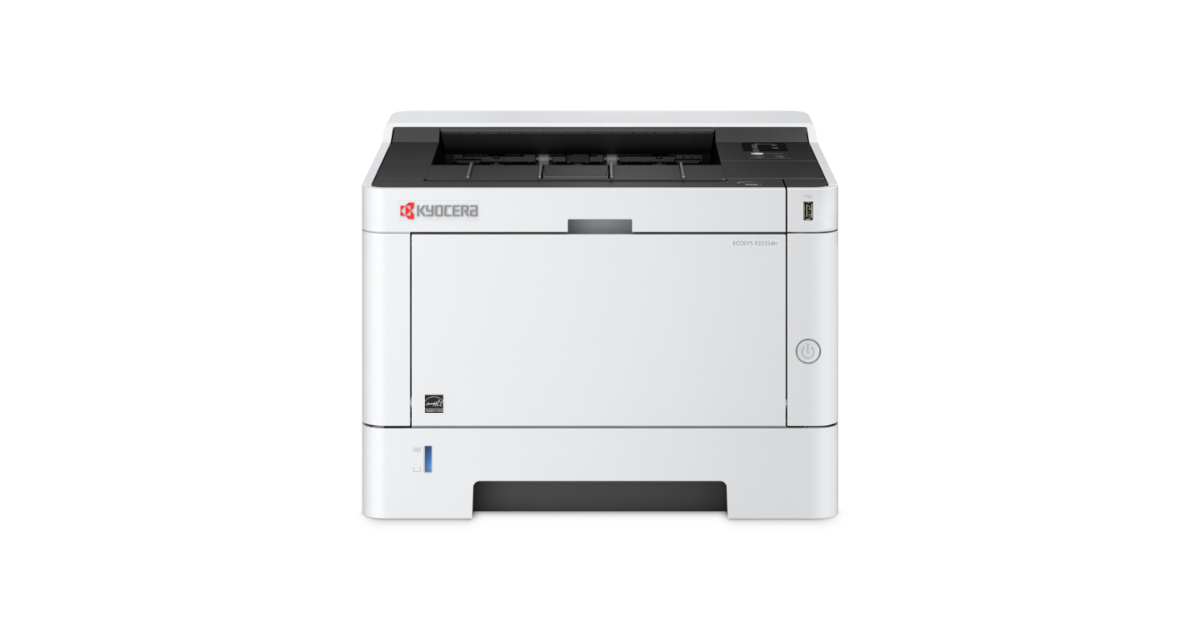3 min read
Why businesses should prioritise print network security
As cyber-attacks become more advanced, organisations need to rapidly improve the security of their print infrastructure to protect their critical...
Benefit from smart ideas, lower costs, greater productivity. Choose from award-winning printers, software solutions and consumables
Personalised technology solutions to help your organisation gain a competitive advantage
Discover howWe combine professional expertise with a human kind of partnership
Get the right help and advice, register a product and see why our commitment to you matters.
Discover our brand, our global activities and commitments
2 min read
Peter Wroblewski 03/09/2021 10:42:10 AM

In a new age of digital threats, it can be easy to forget one of the essential devices of the modern workplace: the printer. Printer security risks are significant and can have the same impacts as any data breach, including damaged reputation, loss of customers, fines and lawsuits, if your devices are not properly protected against malicious action.
While the connection to your network is not as visible as it is with your computer, printers and multifunction devices still store data and have an internet connection that can leave them vulnerable. With the right skillset, hackers can access any information that you’ve printed, scanned or copied using your devices, just as they could gain access to files on your laptop. They could also use your printer as a backdoor to your company network, potentially giving them access to all your data.
So how do you prevent this from happening? It starts with identifying the printer security risks your organisation is vulnerable to and then mitigating them.
Six main printer security risks exist for all devices.
So how do you secure your printer from these threats? Kyocera follows a Confidentiality, Integrity, Availability approach that helps to ensure that your devices and the data they store are kept secure. Through the use of printer security features, such as device-level protection, authentication, software and software-as-a-service (SaaS), you can protect every device in your organisation from malware or unauthorised access, while data encryption ensures that your information is secure, reducing the threat of a data breach.
Confidentiality
Specific staff are granted authorisation to access the files they need. By reducing the number of users who have access to confidential information, such as customers’ personal data, this reduces the risk of a breach occurring.
Integrity
The integrity of your data is protected with anti-malware software and data encryption so that your documents cannot be altered by a malicious third party. This means you can rest assured that your files are always accurate.
Availability
As only a limited number of users are able to access your information, it’s crucial to ensure that they can do so whenever required with sophisticated content management software that integrates seamlessly with your devices.
Mitigating printer security risks is essential both in a shared workplace, such as an office, as well as in hybrid work environments. Home office printers are a commonly overlooked security threat and businesses must take care to supply their hybrid workers with secure remote printing solutions, or risk a cybersecurity incident.
In the digital age, security is of the utmost importance to every business, whether small or large. However, as the volume of data grows and hybrid work models gain popularity, organisations need a trusted security partner to provide their expertise and grow with them.
Kyocera has been identified as a ‘Major Player’ in print and document security by the International Data Corporation1. The interplay of print and document security is increasingly complex in the era of remote work. But Kyocera customers can count on our industry-leading expertise and proven ability to protect their business. Download our guide to learn more about our specialised document security solutions.
1Source: IDC MarketScape: Worldwide Security Solutions and Services Hardcopy 2019–2020 Vendor Assessment, Doc #US44811119, Dec 2019.
KYOCERA Document Solutions provides document management solutions that improve document cost control and security, while delivering greater productivity, reliability and uptime.

3 min read
As cyber-attacks become more advanced, organisations need to rapidly improve the security of their print infrastructure to protect their critical...

5 min read
Printers have long been a staple of the modern office environment, evolving over decades to become the contemporary multifunction device that many of...

3 min read
As we see companies more towards a hybrid workplace, IT departments are now managing more computers and printers in more workspaces than ever before....